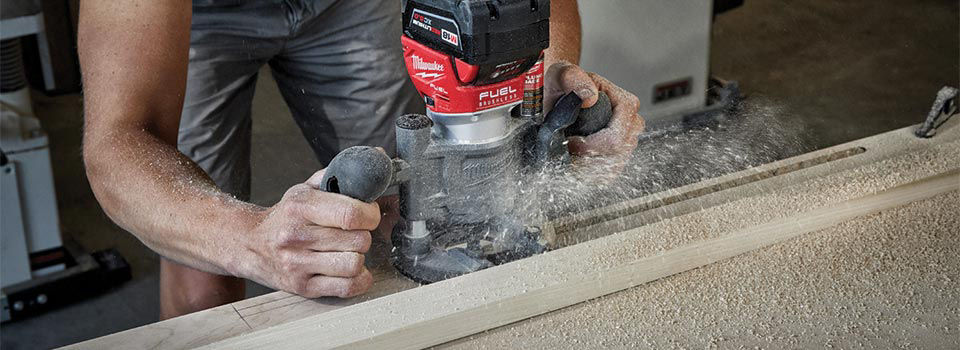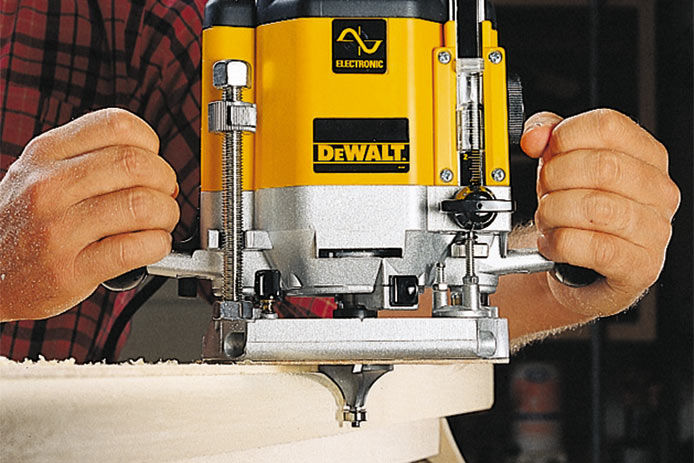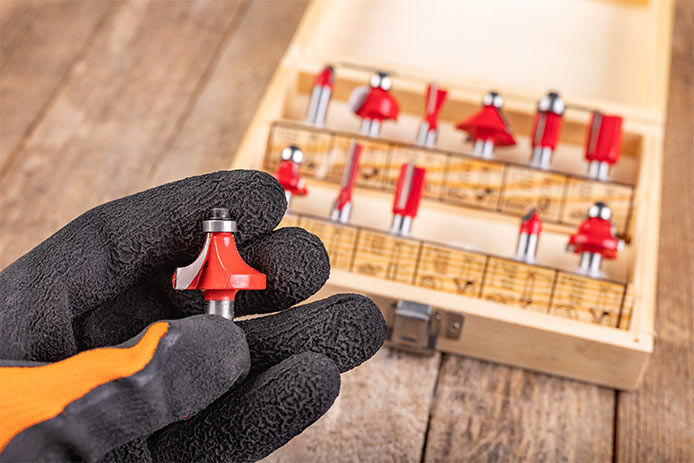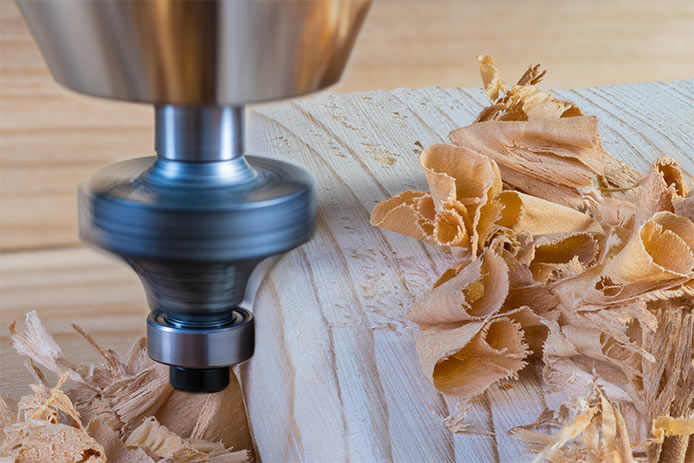9 Safety Tips for Using a Router for the First Time

Are you a woodworking enthusiast who revels in sculpting each design, flawlessly cutting each curve, and crafting a fine masterpiece? Then you do know that being an aficionado is not enough, especially if you don’t have a reliable router. A router can do more than just produce clean and smooth edges on your workpieces. It can provide you with perfect dadoes and rabbets for your cabinets and shelves.
However, working with a powerful tool spinning a sharp carbide-tipped bit at very high speeds can be quite dangerous, especially if you do not follow the safety practices. So here are some safety tips for using routers safely when routing for the first time.
1. Never Use Force When Routing

You should never use force when routing, but if you need to use excessive force when feeding your workpiece, then it means that you must reset your router. If the bit scorches the wood, then it is dull and needs to be replaced or sharpened. If you are using a large bit, then you might need a powerful tool. Make sure you stop making your cut as soon as you hear an unusual vibration or noise when routing. You can find more information at woodworknation.
2. Secure Your Workpieces

Always make sure your stock is clamped onto your work table or bench when working with a freehand router. All small and medium-sized workpieces should be secured before you even start working on them. You can place an anti-slip mat on your bench to prevent your stock from shifting when making your cuts. Huge workpieces, like furniture and cabinets, are heavy enough; therefore, you don’t need to clamp them onto your bench. All narrow boards should be clamped using a bench dog with an end vise.
3. Use the Right Bit

Always use the right sharp bit when routing as blunt ones can force the router to bind or kickback. Remember, some routing tasks can be done perfectly with certain types of bits. So make sure you pick the right bit that matches your router and the task at hand. Once you have the right bit, you can confirm if it has any damage and then insert it properly into your collet. And before turning your tool on, make sure the bit is not in contact with your stock.
4. Rout Your Stock in the Right Direction

For the sake of your safety, you should always feed your workpiece against the bit’s rotation. When rounding up the edge of your cabinet or shelf, you should move your tool from left to right. And when using a mounted router, you should feed your stock from right to left. Feeding your stock in the rotating direction of your tool can be quite dangerous.
5. Always Unplug Your Router Before Making Any Adjustment

You should never adjust your router without first unplugging it. Make sure your tool is disconnected before servicing it, changing the bit, or mounting the fence. And before plugging it back in, confirm if the router is switched off. And finally, before powering it, check if the clamps, attachments, and collet are securely tightened.
6. Always Wear Your Safety Gear

Routers are noisy tools that can hurl dust and chips at a very high speed. Therefore, safety practices demand that you use the right earmuff and eye protection when routing. Other than using a dust mask, you should attach your tool to a dust collecting vacuum.
7. Keep Your Hands Safe

Try as much as possible to keep your fingers and hands clear off your router’s bit. When using a freehand router, you should never hold your workpiece using your freehand. The area above the bit should always be covered when using a table router. And if possible, move your stock past the bit using a push block or push stick. A push stick can be quite beneficial when working with narrower and smaller pieces.
8. Make Light Cuts

Making a heavy cut during a single pass can be quite dangerous. It can cause tear-out and even splintering of your workpiece. So routing wide dadoes, deep grooves, or huge pieces should be a sequence of light cuts. This is always cleaner and safer. Light cuts are easy and fun, especially when using straight bits. All you have to do is increase the bit’s cutting depth with every pass until you achieve the desired depth.
9. Hold the Router Correctly

Always hold your router firmly at all times with both your hands at the handles. And never allow any of your hands to hold the base of the router. You should anticipate the twisting as soon as you turn it on, so make sure you have a great grip.
Whether you have mounted it on a table or using freehand, routers are the most useful powerful tool in any woodshop. A router is a useful woodworking tool that can cut perfect patterns and flawless rabbets and dadoes. A router can be indispensable when it comes to detailing your decorative molding. Still, without following the above safety tips, you might end up damaging your stock or even putting yourself in danger.
While do-it-yourself projects can be fun and fulfilling, there is always a potential for personal injury or property damage. We strongly suggest that any project beyond your abilities be left to licensed professionals such as electricians, plumbers, and carpenters. Any action you take upon the information on this website is strictly at your own risk, and we assume no responsibility or liability for the contents of this article.
Article Author
Kristen is the editor and content creator at woodworknation.com. She is passionate about sustainability in style and interior décor with a soft spot for DIY projects.